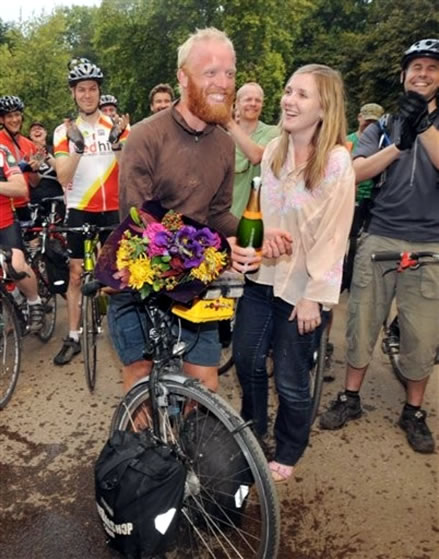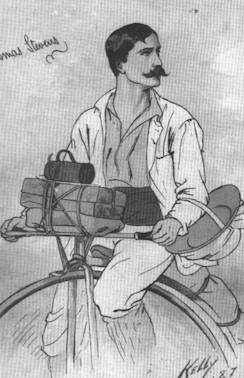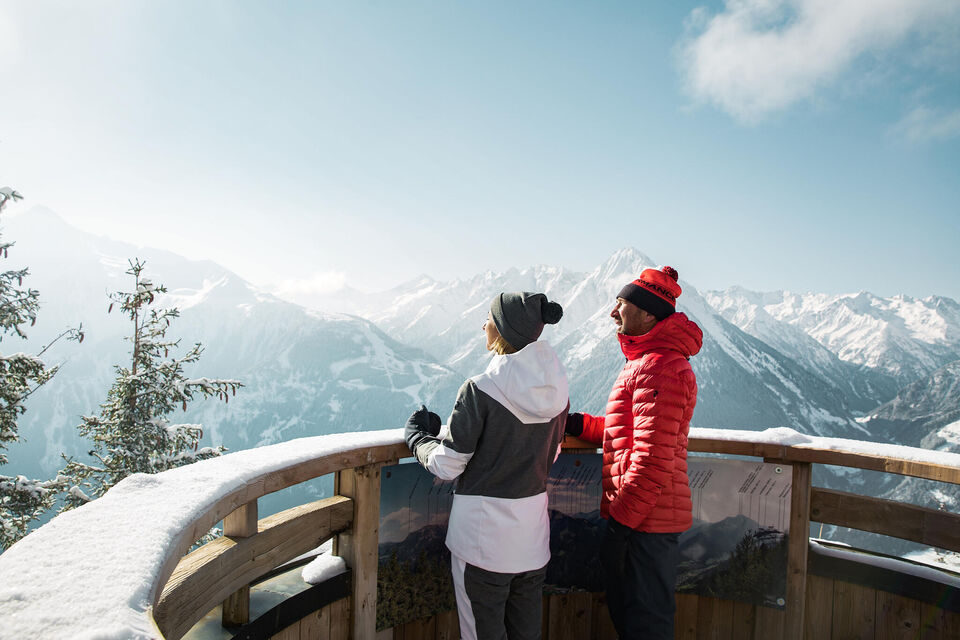The Guinness World Record
När
Thomas Stevens på 1880 talet som första cyklist reste runt klotet fanns ingen Guinnies Rekordbok, inga rekord och väldigt få cyklister. Han färdades på en oväxlad
höghjuling som hade ett 50 tums stort framhjul, solida gummiringar och med en revolver i packningen för
världen då såg väldigt annorlunda ut. Resan tog nästan tre år (april 1884 till januari 1887) men tittar man på
kartan kan man undra hur lång han egentligen cyklade och vad som tog sådan tid.
Jonathan Summerfield upprepade denna resa över 100 år senare men det var givetvis inte en lika stor bedrift. Men han använde
liknande utrustning och han cyklade 35447km på nästan lika lång tid, 924 dagar från 1 Maj 2006 till 9 November 2008.
Förutsättningarna ändras, vägar byggs, tillgång på mat, vatten, sjukvård och husrum förbättras, cyklar får lägre vikt, fler växlar osv och detta går inte att styra i ett reglemente. Så ev. värdering av de enskilda cyklisternas insats är inte bara svårt utan känns även ganska meningslös. För det handlar inte om att mäta vem som är "störst bäst och vackrast" utan bara att sätta ett enda simpelt rekord baserat på några fastslagna kriterier.
The Guinness World Records regler stipulerar inte någon bestämd rutt att följa men distansen samt en hel del andra kriterier är fastlagda så det verkar som man har begränsade möjligheterna att improvisera. Pga oroligheter i Pakistan valde tex Bowthorpe att flyga från Iran till Indien och förlänga distansen i USA med motsvarande sträcka vilket han ev. tjänade lite tid på. Men om jag förstod det rätt verkar det som att han sökt klartecken för denna ändring av resväg. Här är regelverket saxat från
Mark Beaumonts sajt:
CITAT: "
Guinness Criteria
These criteria are taken from the
GUINNESS record breakers pack. For full information about how Mark Beaumont will complete these check out
The World Route.
The record is for the fastest time to complete a circumnavigation of the world by bicycle. There is no set route to follow however Mark Beaumont must follow criteria for route and authentication in order to break the record.
Route Criteria
1 – Start and finish points must be the same location.
2 – The journey should be continuous and in one direction i.e. East to West or West to East. (See also point 5, below.)
3 – The minimum distance ridden should be 18,000 miles/28,970 km and the total distance traveled by the bicycle and rider should exceed an Equator’s length, i.e. more than 24,900 miles/40,075 km.
4 – Only riding time will be taken into account; time taken aboard ferries, flights etc. should be noted but not included in the total. Riding time is defined as the time that elapses between periods when the bicycle is being shipped, and includes overnight stops and any other breaks taken. In other words, the clock starts ticking as soon as the cycle clears customs at the port/airport to which it has been shipped, and only stops when the rider reaches the exact point from which it will next be transported (if, for example, the vehicle is to be transported by ship, the clock should only stop once it has reached the actual harbour or quayside from which will depart. It is not adequate merely to reach the town).
5 – Any considerable distance traveled opposite to the direction of the attempt must be discounted from any calculations of the overall distance traveled.
6 – The rider must be ridden through two approximate antipodal points during the attempt. For exact antipodal points the co-ordinates north and south are the same, whilst that east plus that west equals 180°, however, for this event an allowance of 5° difference in total is permitted. For example, Madrid, Spain and Wellington, New Zealand:
• Madrid, Spain 40.25N Auckland, NZ 41.17S Difference 0.92°
• Madrid, Spain 3.43W Auckland, NZ 174.47E E+W = 177.90°
Deduct from 180° = 2.10°
• Total: 2.10° + 0.92° = 3.02° – Acceptable
8 – The same bike must be used throughout and the rider should remain with it, wherever possible. Details of the vehicle should be submitted with the record claim.
9 – A detailed photographic record of landmarks, boundary signs, etc., en route should be kept.
10 – All traffic laws must be observed. Any offense committed invalidates the attempt.
Authentication Criteria
Witness Book
Any attempt must take place in view of the public, wherever possible, and a book made available for independent witnesses to sign. The book should be set up so that the following details can be included for each potential witness: Date & Time, Location, Name, Signature. Where possible, local dignitaries and police should be sought to sign the book.
Log Book
This book should give an adequate description of the event and full details of the participant(s) daily/overall performance. It must be clear from the book the exact start and finish points of each leg of the attempt, the exact start and finish times and calculation of daily and total distances traveled. All rest breaks or stoppages for whatever reason must also be fully detailed in the log.
Details of how the distances have been calculated.
Accurate professional equipment and, if possible, GPS equipment (and associated printout) should be used. To attest to the validity and genuineness of the claim, GUINNESS require signed statements of authentication by two independent persons of some standing, one of whom should have attended the beginning of the event, and if possible the end. These statements should originate directly from the witnesses (in their own hand) and be submitted where possible on their own headed notepaper and include full contact details. Statements should not take the form of documents pre-prepared by those involved in the record attempt."







